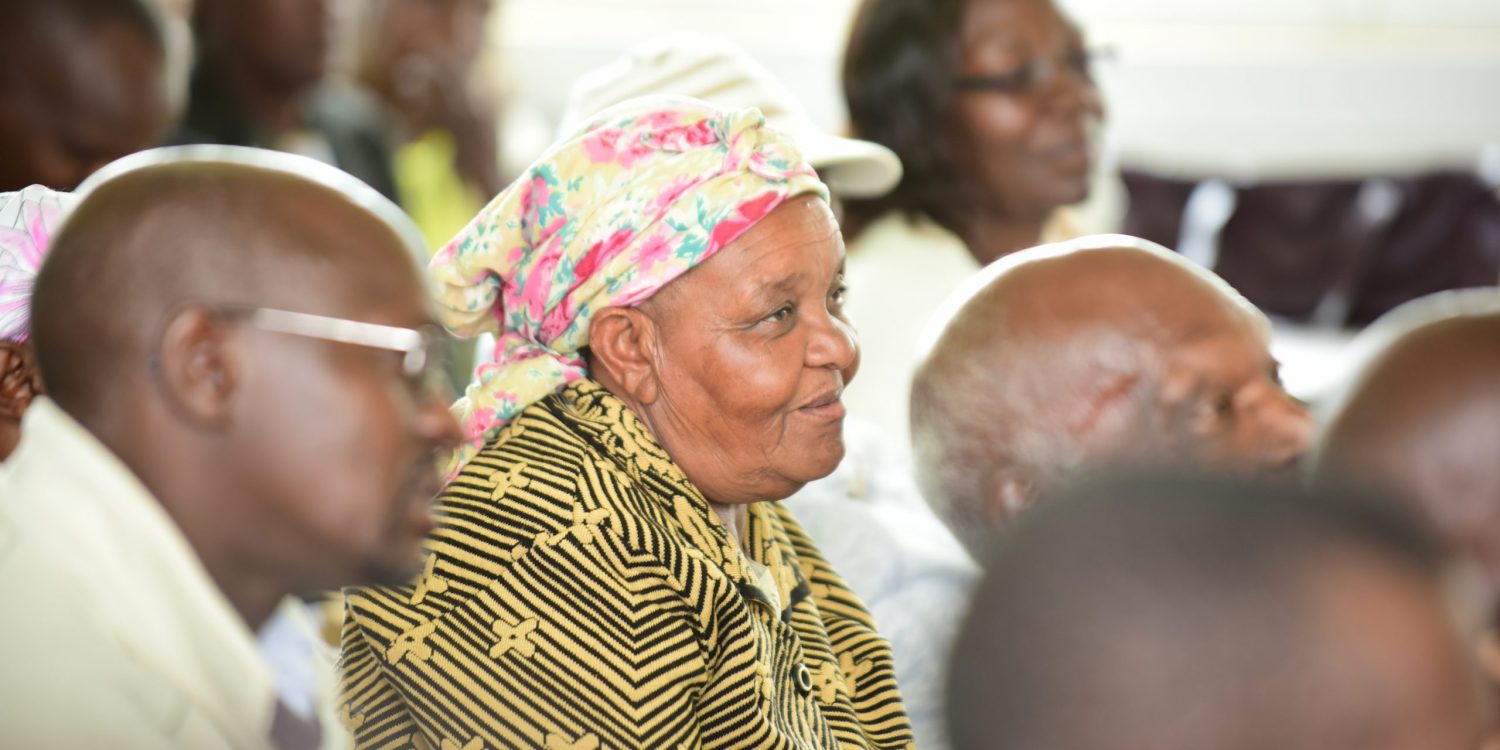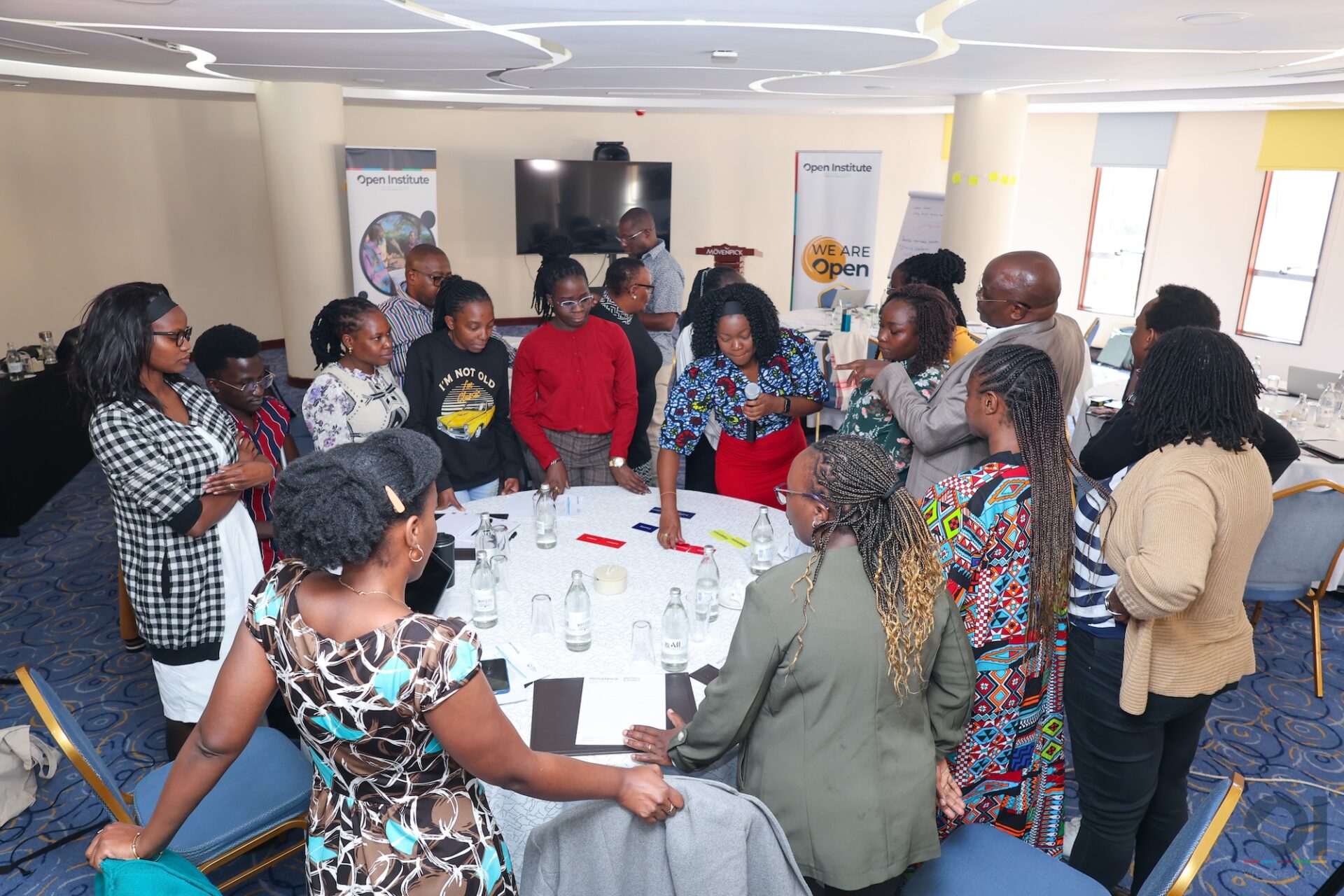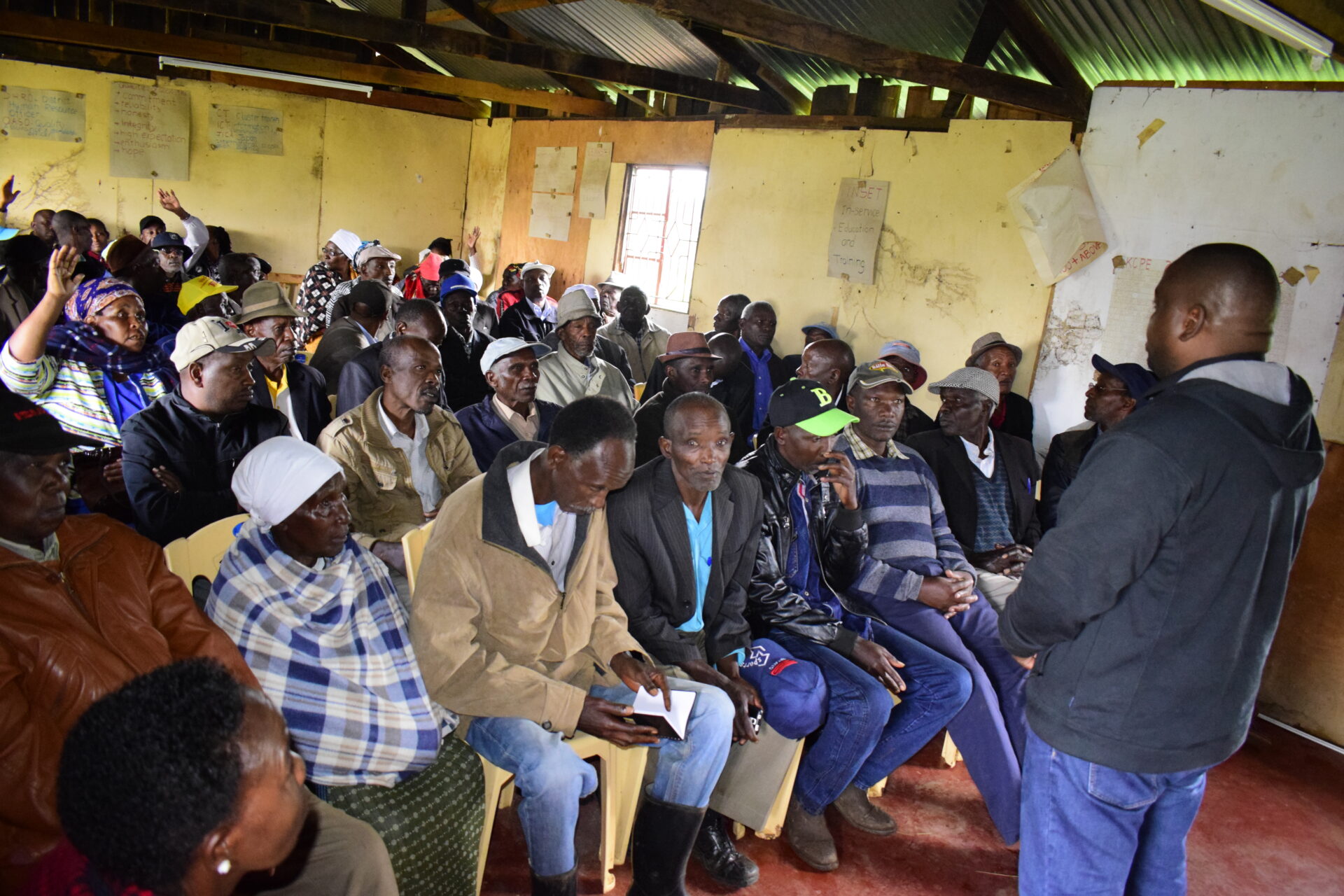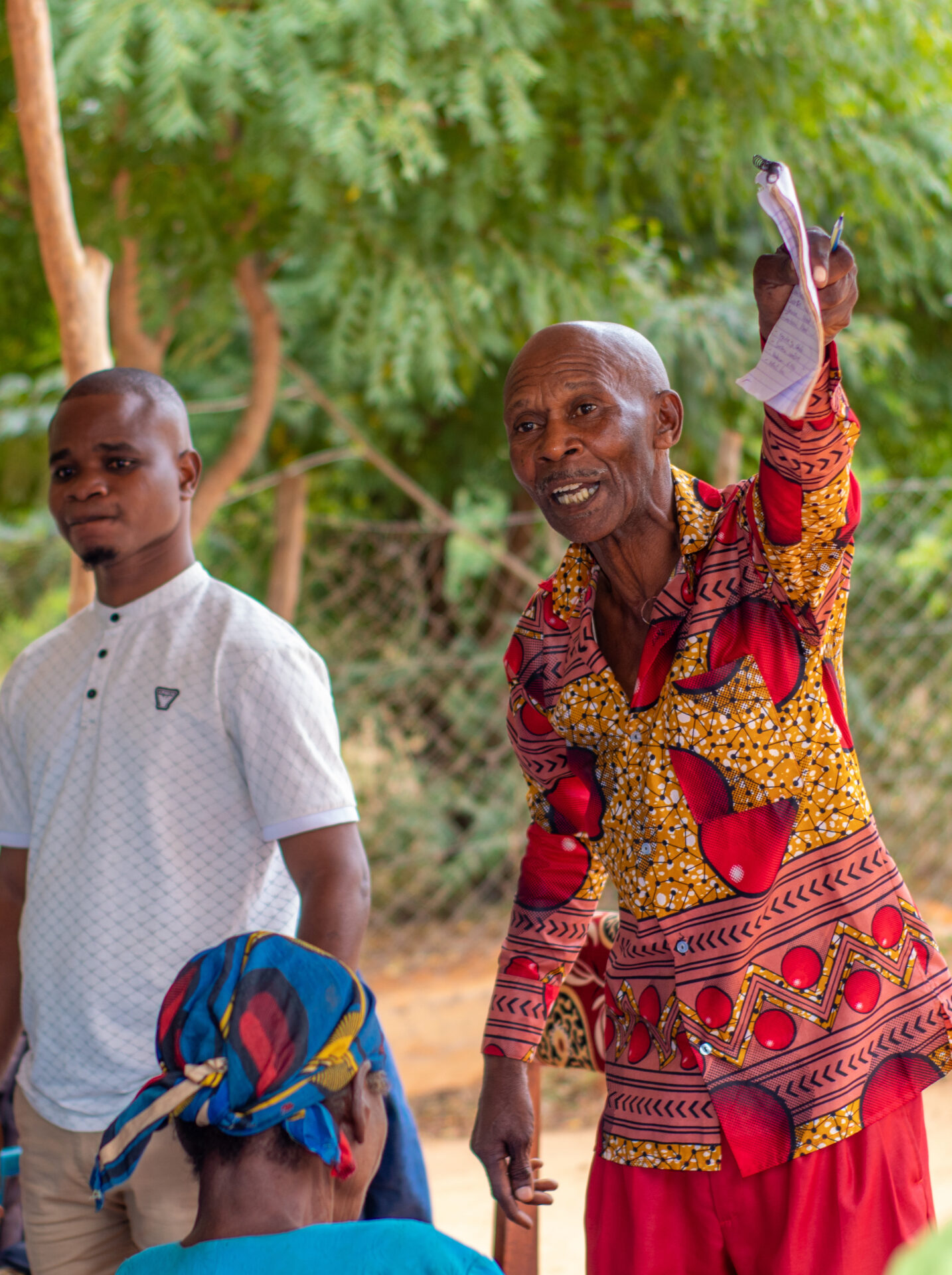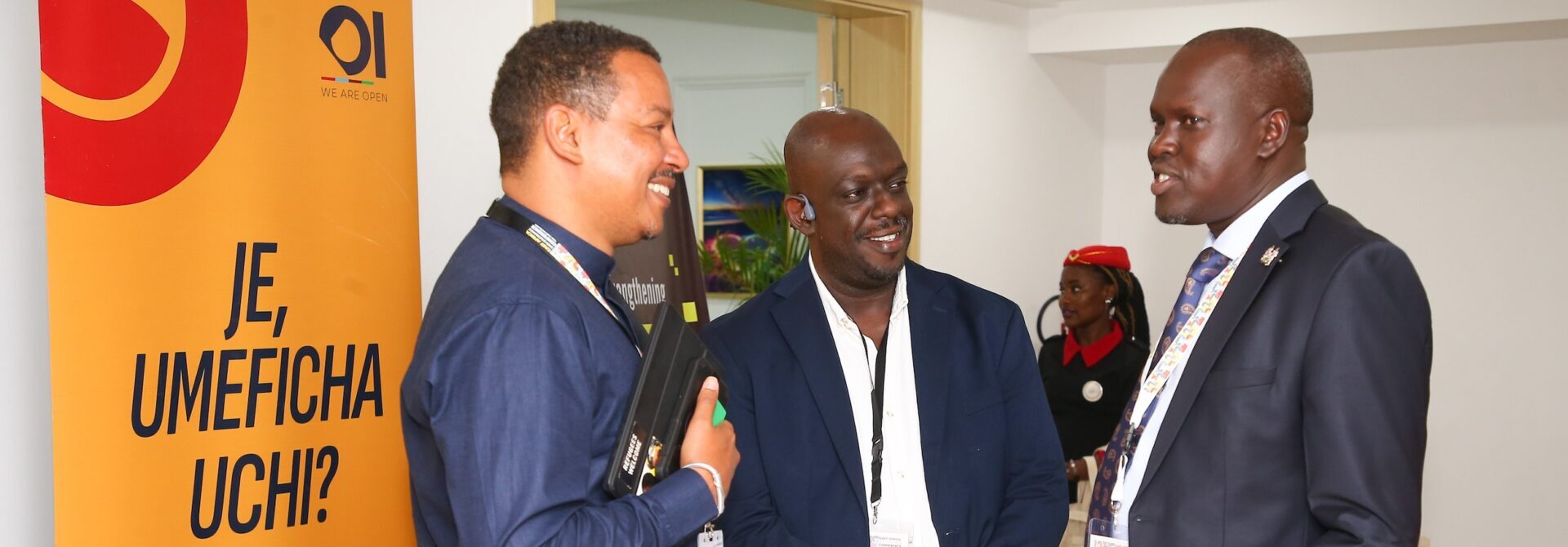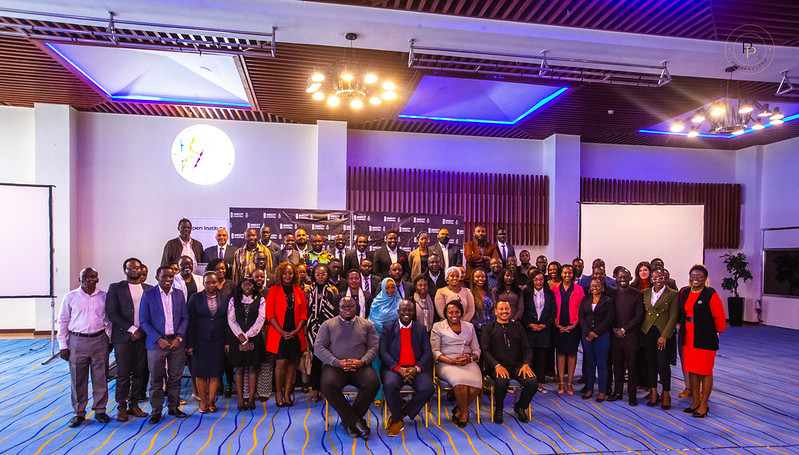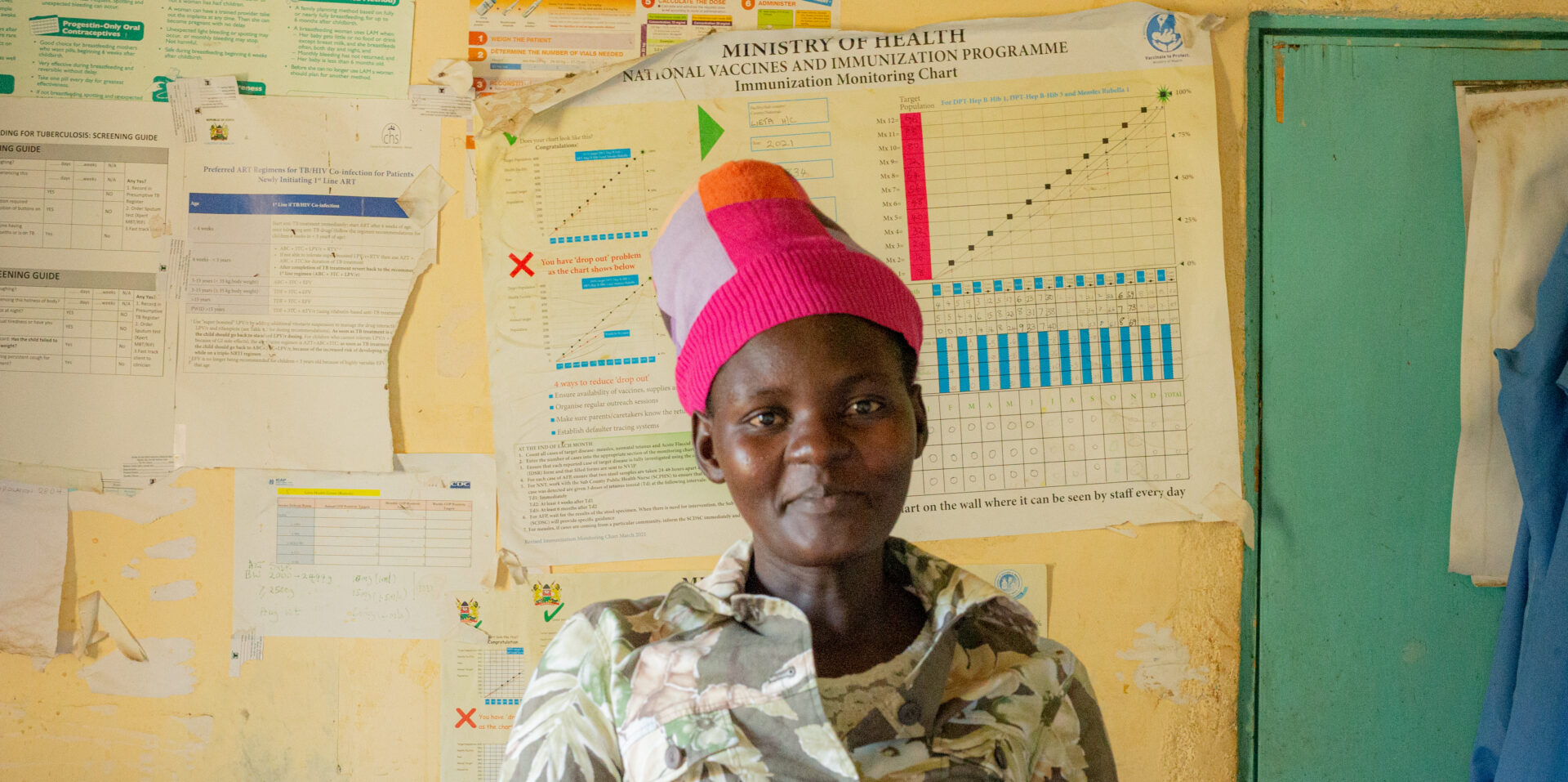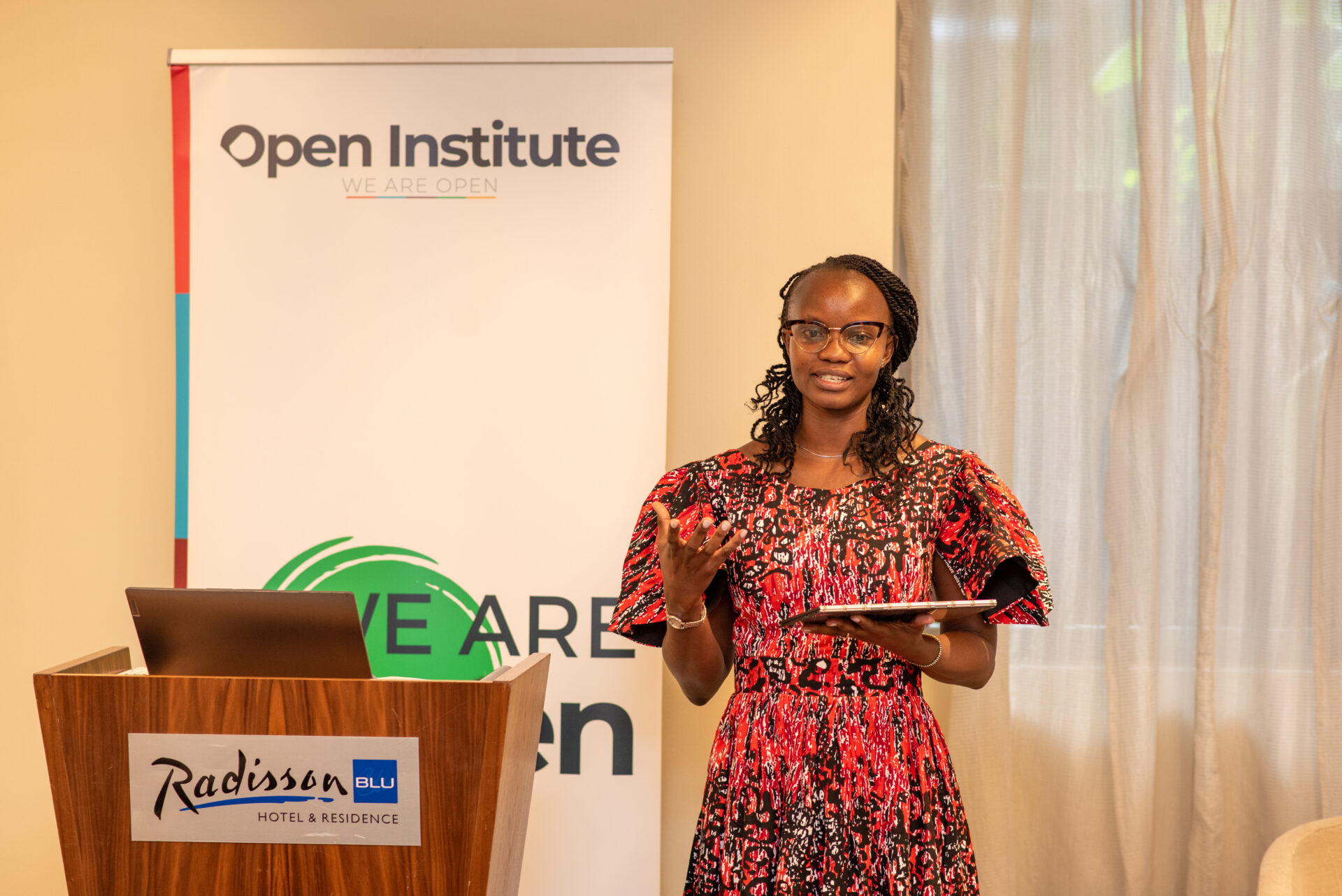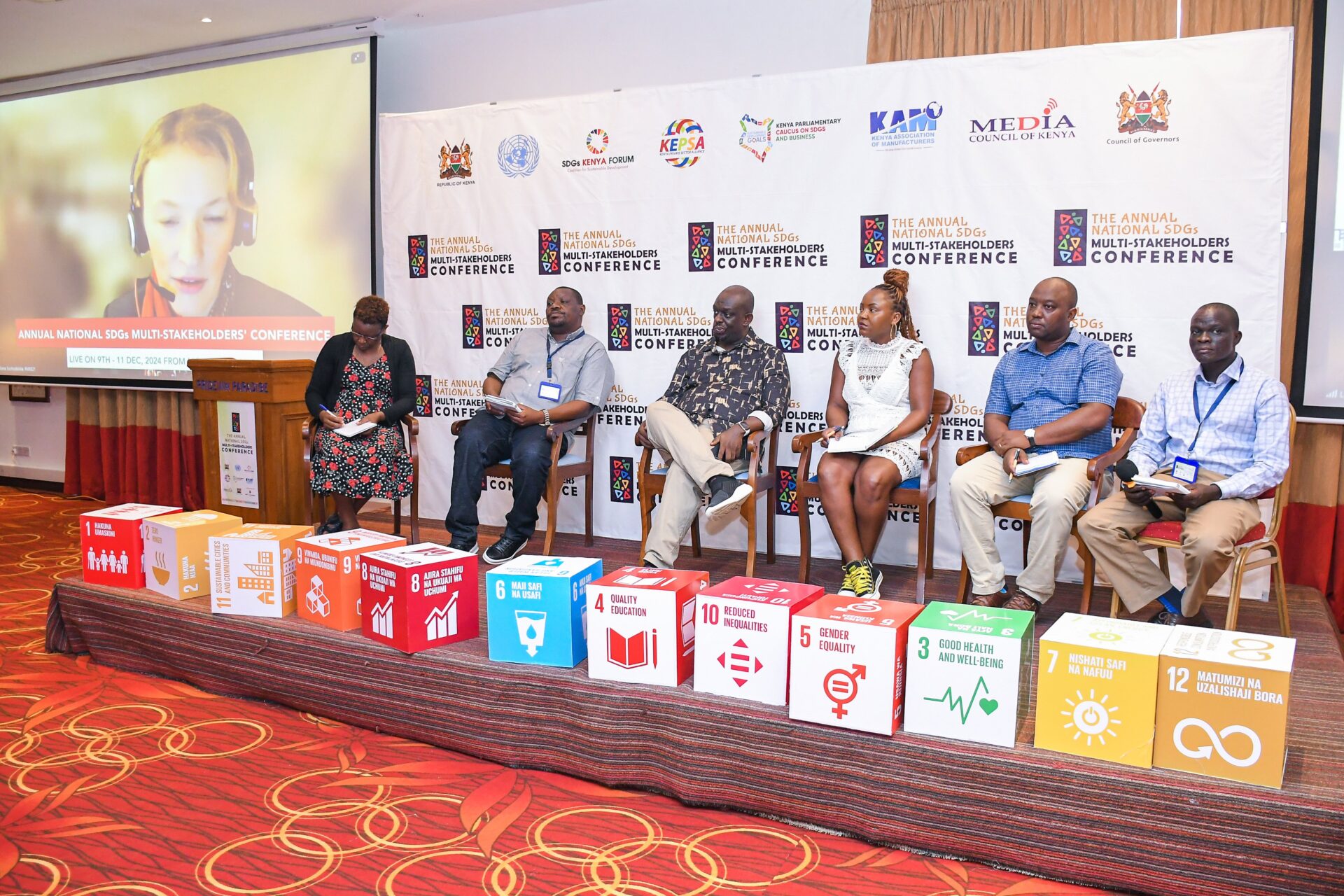As the world agreed on the Sustainable Development Goals in September 2015 – to end poverty in all its forms by 2030, it issued a clarion call to leave no one behind. There have been questions globally about what “leave no one behind” means in practice.
We have opted to read the statement literally – leave no one behind. We need not interpret it, even as we acknowledge just how extremely difficult it is to achieve.
What we think is that it is indeed possible to end poverty everywhere – in every household. It is indeed possible to have every child be educated. It is indeed possible to have clean drinking water in every household, school, workplace and facility. We can ensure that no one goes hungry again. We can ensure that every girl and woman enjoys the same opportunities as everyone else – for school, for employment and for prosperity.
It is our view that exclusion is an action rather then happenstance. We choose to not see certain people in society and their disadvantage, for very human reasons – it could be that it makes us uncomfortable or that we work in development or government and we need to show progress. We choose not to have universal design as part of the standard way of doing things, therefore excluding certain people – especially people who have some physical disability.
For us to leave no one behind, we have to re-examine our systems and allow ourselves the freedom to let go of the ways that we have done development over the past few centuries. We must:
- Become truly transparent and inclusive – open our government processes and activities to the full view of every citizen. We must activate and embrace the voice of every citizen in everyday governance.
- Everyone counts – We must count every person and walk away from representative surveys as a tool for planning. With the advances that we have made with technology, and with the active participation of people, we can count every person in the world.
- Universal Design – We must design our public spaces, our public services and our tools and systems in such a way that every person can access them and use them regardless of their physical nature, age, orientation (religious, sexual, philosophical).

